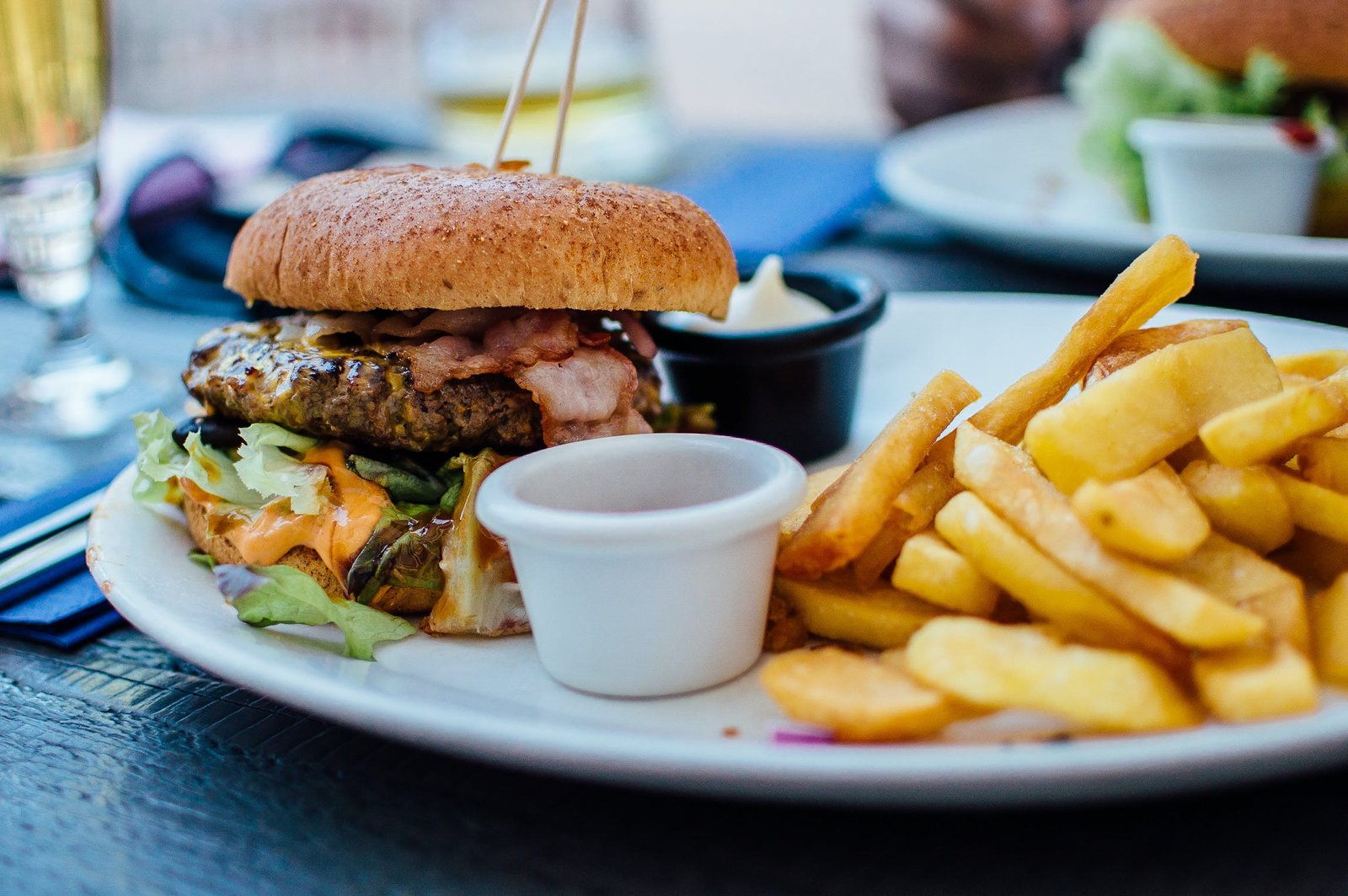
Ready to learn how to grow delicious potatoes without the hassle of a traditional garden? Look no further! In this article, you will discover the secrets of successfully planting potatoes in containers using straw. Whether you have limited space or simply want to experiment with a new technique, this method will have you enjoying homegrown spuds in no time. Say goodbye to digging up potatoes from the ground and hello to a convenient and efficient way to grow your favorite tuber. So grab your gardening gloves and let’s get started on this exciting potato-growing adventure!
Preparing the containers
Choosing the right container
When it comes to growing potatoes in containers, choosing the right container is crucial for the success of your crop. You want to select a container that is deep enough to accommodate the potato plant’s root system. In general, containers that are at least 12 inches deep are ideal. Additionally, make sure the container has sufficient drainage holes to prevent waterlogging.
Preparing the containers
Before planting your potatoes, it is important to prepare the containers properly. Start by cleaning the containers to remove any dirt or debris. Then, fill the containers with a well-draining potting mix or a mix of garden soil and compost. This will provide the necessary nutrients for your potato plants to thrive. Ensure that the containers are placed in a location that receives at least six hours of sunlight per day.
Selecting potato varieties
Choosing the right potato variety
There are numerous potato varieties available, each with its own unique characteristics. When selecting a potato variety for container gardening, consider factors such as the size of the container, the maturity period, and your personal preferences. Some popular potato varieties that perform well in containers include Yukon Gold, Red Pontiac, and Purple Majesty.
Considerations for container gardening
When choosing potato varieties for container gardening, it is essential to select those that are compact and have a shorter growing season. These varieties tend to have smaller foliage, making them more suitable for the limited space of a container. Additionally, opt for early or mid-season potato varieties to ensure that you can harvest your crop within the relatively short growing season of containers.

Seed preparation
Chitting the potatoes
Chitting is the process of encouraging potato sprouts to develop before planting. To chit your potatoes, simply place them in a cool, well-lit location, such as a windowsill, with the eyes facing upward. This will allow the sprouts to grow before planting, giving your plants a head start in the growing process.
Cutting larger potatoes
If you have larger seed potatoes, it is recommended to cut them into smaller pieces before planting. Each piece should have at least one or two sprouts. Cutting the potatoes not only ensures that you get more plants from a single potato but also helps promote a more balanced distribution of energy and nutrients among the smaller sprouts.
Treating with fungicide
To prevent the development of fungal diseases, it is recommended to treat your seed potatoes with a fungicide before planting. This will help protect your plants from infections that could potentially damage their growth and affect the yield. Follow the instructions on the fungicide packaging carefully when applying it to your seed potatoes.
Preparing the soil and straw
Choosing the right soil
When growing potatoes in containers, it is essential to choose the right soil to provide the necessary support and nutrients to your plants. A well-draining soil mix is crucial to prevent waterlogging, which can lead to rotting of the tubers. Opt for a high-quality potting mix or create your own blend using equal parts garden soil, compost, and perlite or vermiculite for improved drainage.
Adding organic matter
Incorporating organic matter into the soil is beneficial for the overall health and productivity of your potato plants. Before planting, mix in well-rotted compost, manure, or other organic amendments to enrich the soil with essential nutrients. This organic matter also enhances moisture retention and promotes healthy root development.
Creating a straw layer
Straw layering is a key step in growing potatoes in containers. After filling the container with soil, place a layer of straw on top, about 3-4 inches thick. This layer acts as a mulch, helping to conserve moisture, suppress weed growth, and protect the potatoes from exposure to sunlight, which can turn them green and produce toxins.

Planting process
Filling the container
To begin the planting process, fill the prepared containers with the soil mix, leaving a few inches of space from the top. Avoid compacting the soil too tightly, as this can hinder root growth and water drainage. Ensure that the soil is evenly distributed throughout the container, creating a stable and supportive environment for your potato plants.
Planting the seed potatoes
Place the chitted or cut seed potatoes on top of the soil, spacing them approximately 6 inches apart. Make sure to position the sprouts facing upward to allow for proper growth. Gently press the seed potatoes into the soil, ensuring they are covered with about 2 inches of soil. This will provide adequate protection and support as the plants grow.
Covering with straw
After planting the seed potatoes, cover the soil surface with another layer of straw, approximately 6-8 inches thick. This straw layer will help regulate soil temperature, prevent weed growth, and conserve moisture. It is important to maintain a consistent layer of straw throughout the growing season by adding more as needed.
Watering and fertilizing
Watering requirements
Potatoes require regular and consistent watering to ensure healthy growth and tuber development. Keep the soil evenly moist but not waterlogged, as overwatering can lead to rotting of the tubers. Water the container thoroughly when the top inch of soil feels dry, and ensure that excess water drains properly through the drainage holes.
Applying fertilizers
To provide your potato plants with the necessary nutrients, it is important to fertilize them periodically throughout the growing season. Start by incorporating a slow-release organic fertilizer into the soil at the time of planting. As the plants grow, apply a balanced water-soluble fertilizer according to the manufacturer’s instructions. Avoid over-fertilization, as it can lead to excessive foliage growth and hinder tuber formation.

Managing pests and diseases
Identifying common potato pests
Potatoes are susceptible to various pests, including aphids, Colorado potato beetles, and wireworms. These pests can damage the foliage and tubers, negatively impacting your crop yield. Regularly inspect your plants for signs of infestation, such as chewed leaves or holes in the tubers, and take appropriate measures to control or eliminate the pests.
Preventative measures
To prevent pests, practice good garden hygiene by removing any diseased or infested plant material promptly. Rotate your potato crops annually to reduce the buildup of pests in the soil. Additionally, interplanting your potatoes with pest-repellent companion plants, such as marigolds or basil, can help deter pests and promote a healthier growing environment.
Organic pest control methods
If you prefer using organic methods to control pests, there are several options available. Introducing beneficial insects, such as ladybugs or lacewings, can help naturally control aphids and other pests. Neem oil or insecticidal soap sprays can also be effective against certain pests. Always follow the instructions on the product labels and use caution to ensure the safety of beneficial insects and the environment.
Controlling weeds
Mulching with straw
Weed control is essential in container gardening to prevent competition for nutrients, light, and moisture. Maintaining a thick layer of straw mulch around your potato plants can effectively suppress weed growth. The straw acts as a barrier, blocking sunlight and inhibiting weed seed germination. Regularly check for any emerging weeds and remove them promptly to maintain a weed-free environment.
Hand-pulling weeds
For any weeds that manage to sprout through the straw mulch, hand-pulling can be an effective method of control. When the soil is moist, grasp the weeds close to the base and gently pull them out, ensuring that you remove the entire root system. Be careful not to disturb the surrounding potato plants while removing the weeds.
Using herbicides cautiously
Herbicides should be used cautiously in container gardening, as they can impact the health of your potato plants and the surrounding environment. If using herbicides, choose a selective herbicide specifically labeled for use on potatoes and follow the instructions carefully. Apply the herbicide sparingly and avoid contact with your potato plants to prevent any potential damage.
Monitoring and maintenance
Monitoring moisture levels
Regularly monitor the moisture levels in your container-grown potatoes, as they require consistent moisture for optimum growth. Stick your finger into the soil to determine if it feels dry. If it does, it’s time to water. Avoid letting the soil dry out completely, as it can lead to wilting and stress on the plants. On the other hand, also avoid overwatering, which can lead to root rot.
Maintaining proper sunlight
Potato plants thrive in full sun, so it is essential to ensure that your containers are placed in a location that receives at least six hours of direct sunlight per day. If necessary, adjust the position of the containers throughout the day to maximize sun exposure. Inadequate sunlight can result in poor growth and reduced yields.
Trimming foliage
To maintain optimal health and prevent the spread of diseases, occasionally trim back excessive foliage from your potato plants. Removing lower leaves that touch the soil can minimize the risk of fungal infections. Additionally, pruning back overly dense foliage can improve air circulation, reducing the chances of diseases such as late blight.
Harvesting and storage
Determining potato maturity
As your potato plants continue to grow, it is important to determine the right time for harvesting. Potatoes are typically ready for harvest when the foliage begins to die back and turn yellow. Gently dig around the base of the plant to check for the size and maturity of the tubers. For smaller “new” potatoes, you can harvest them earlier, while larger potatoes may require more time to reach maturity.
Harvesting the potatoes
To harvest your potatoes, carefully lift the plants out of the containers. Gently shake off excess soil to reveal the tubers. Avoid cutting or bruising the potatoes during the harvesting process, as this can increase the risk of rot. If any tubers have green spots or signs of damage, remove them and use only the healthy ones.
Curing and storing
After harvesting, allow the potatoes to cure for a week or two in a cool, dry, and well-ventilated area. This promotes the development of a thick skin, which helps extend their storage life. Once cured, store your potatoes in a cool, dark place such as a basement or a root cellar. Avoid storing them near onions or fruits, as they release gases that can speed up the sprouting process.
Growing potatoes in containers with straw is a rewarding and practical way to enjoy a bountiful crop, even with limited space. By following the steps outlined in this article, you can successfully cultivate your own delicious potatoes while nurturing a flourishing container garden. Happy potato growing!





